Optimal Seasons for Foundation Repairs
Foundation repairs are most effectively performed during specific times of the year when weather conditions are favorable. Understanding the optimal timing can help ensure the longevity and effectiveness of repair work. Seasonal factors such as temperature fluctuations, soil moisture levels, and ground movement influence the success of foundation stabilization and repair projects.
Spring offers moderate temperatures and increased soil moisture, which can facilitate certain repair techniques. However, excessive rain can delay work or affect soil stability.
Summer provides warm weather that allows for steady work progress. Dry conditions can be advantageous, but extreme heat may require adjustments to work schedules.
Fall is often considered ideal due to cooler temperatures and stable soil moisture levels, reducing the risk of ground movement during repairs.
Winter can pose challenges due to freezing temperatures and frozen ground, making some repair methods less effective or more difficult to perform.
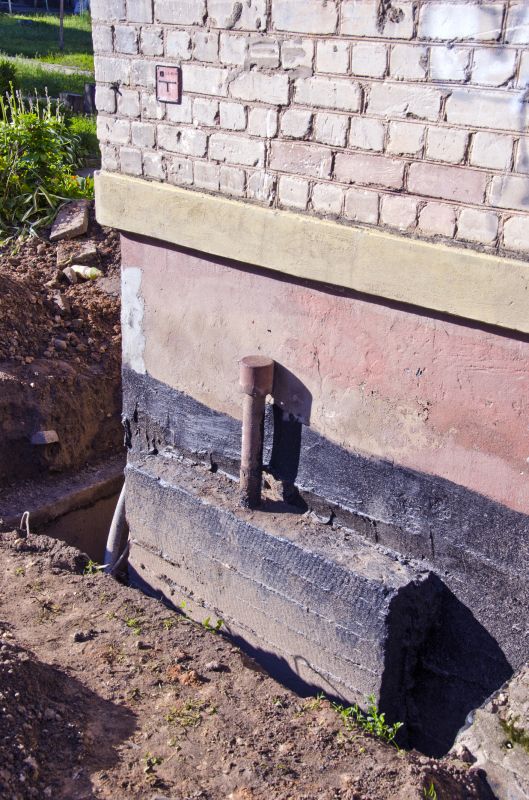
Springtime repairs benefit from increased soil moisture but may face delays due to rainfall.
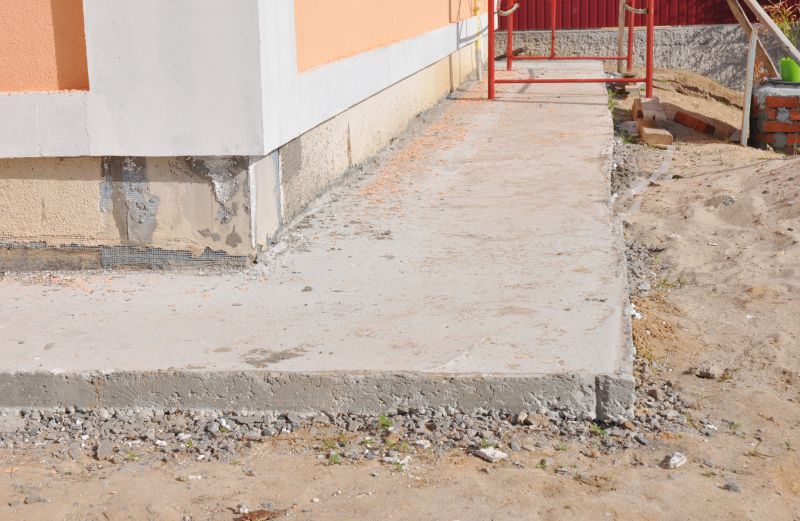
Summer repairs take advantage of warm, dry weather for efficient work.
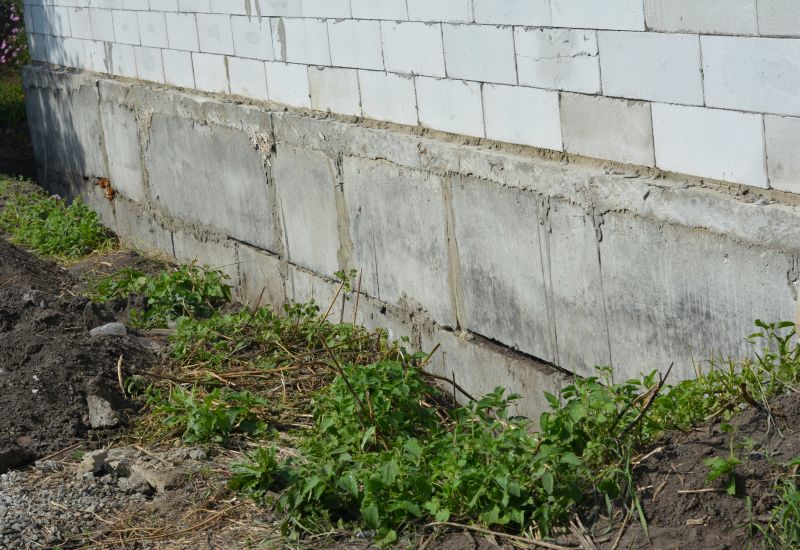
Fall offers optimal conditions with cooler temperatures and stable soil.
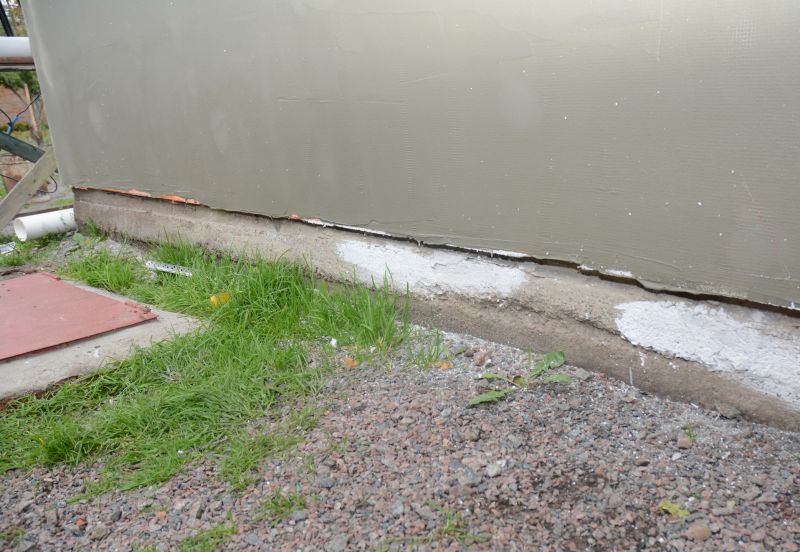
Winter conditions can complicate repairs due to freezing ground.

Ways to make Foundation Repairs work in tight or awkward layouts.
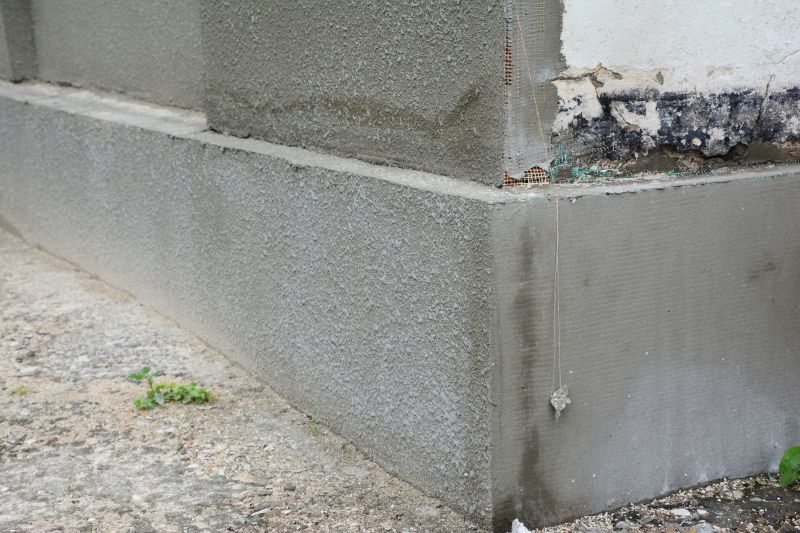
Popular materials for Foundation Repairs and why they hold up over time.
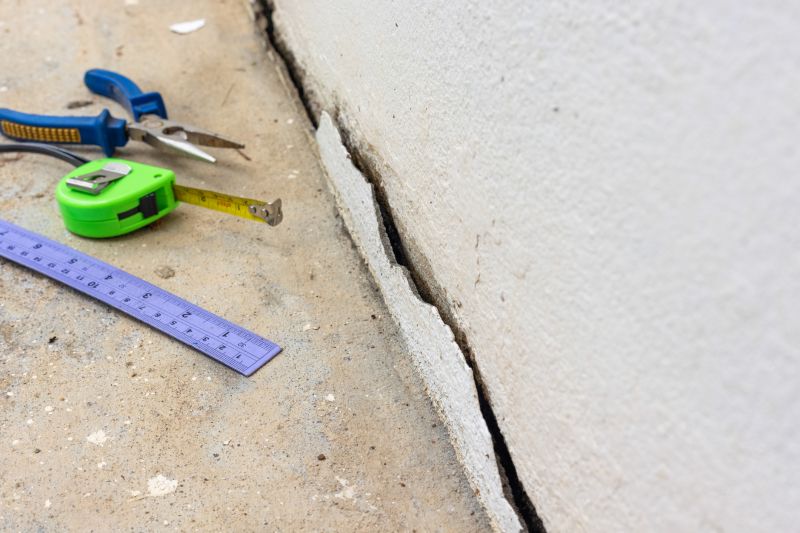
Simple add-ons that improve Foundation Repairs without blowing the budget.

High-end options that actually feel worth it for Foundation Repairs.
| Season | Ideal Conditions |
|---|---|
| Spring | Moderate temperatures, increased soil moisture, potential delays due to rain. |
| Summer | Warm, dry weather suitable for most repair methods. |
| Fall | Cooler temperatures, stable soil, optimal for repairs. |
| Winter | Freezing temperatures and frozen ground pose challenges. |
Foundation repairs are critical for maintaining structural integrity and preventing further damage. Soil conditions, moisture levels, and temperature fluctuations significantly influence the timing and success of repair projects. Properly timed repairs can reduce the risk of ongoing settlement, cracking, or shifting, which can lead to costly structural issues if left unaddressed.
Statistics indicate that the majority of foundation issues are exacerbated during periods of soil expansion or contraction. Repair work performed during seasons with stable ground conditions can lead to better outcomes and longer-lasting results. Consulting with foundation specialists can help determine the most suitable time for repairs based on local climate and soil conditions.
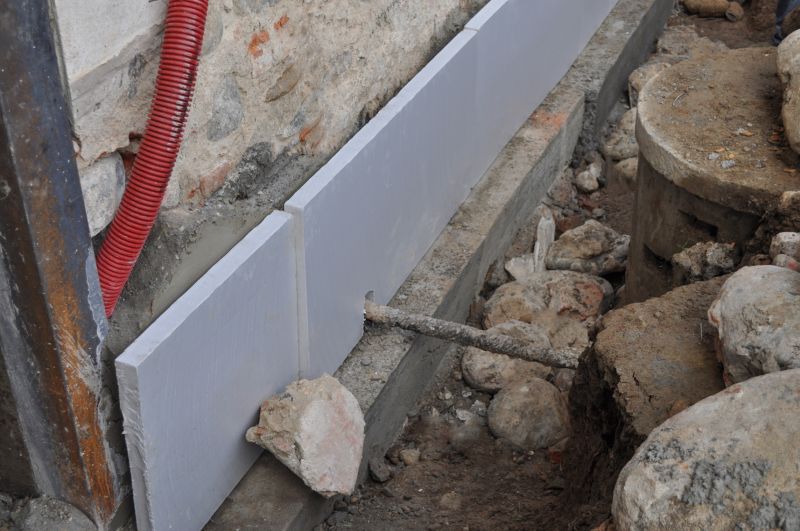
Foundation repair involves techniques such as underpinning, piering, and stabilization to correct ground movement.
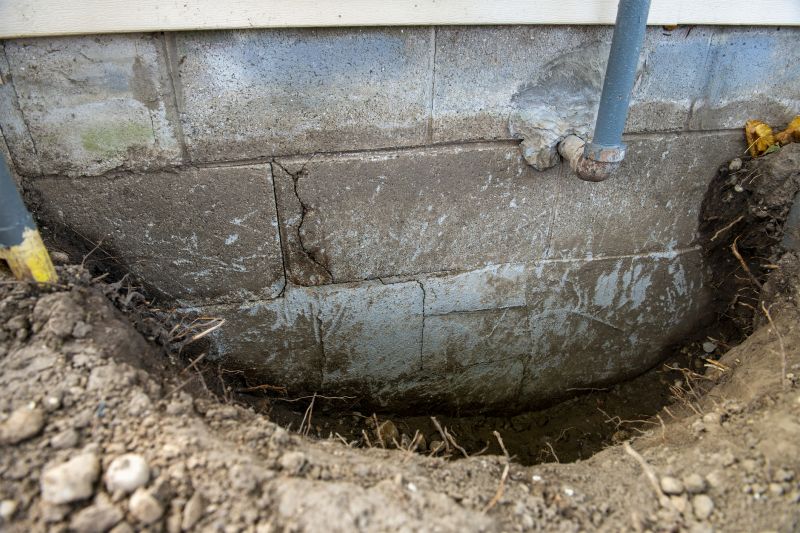
Stabilization methods are used to prevent further shifting and cracking.

Proper soil management is essential to ensure long-term stability after repairs.
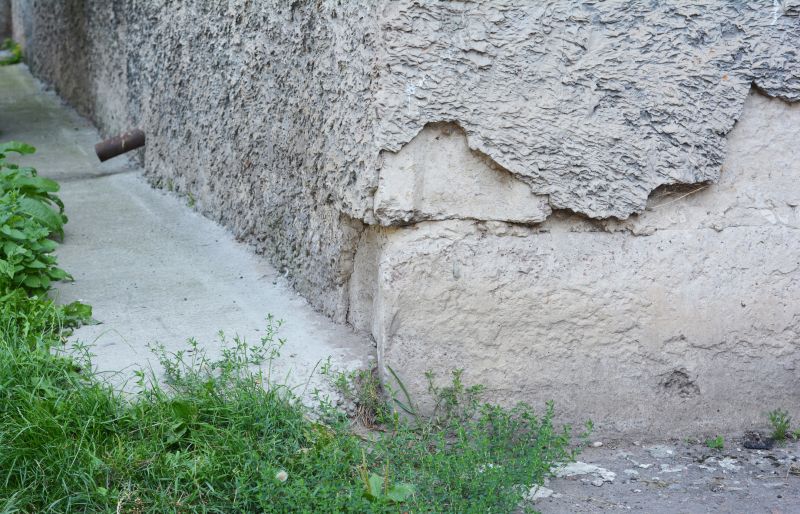
Finishes and colors that play nicely with Foundation Repairs.
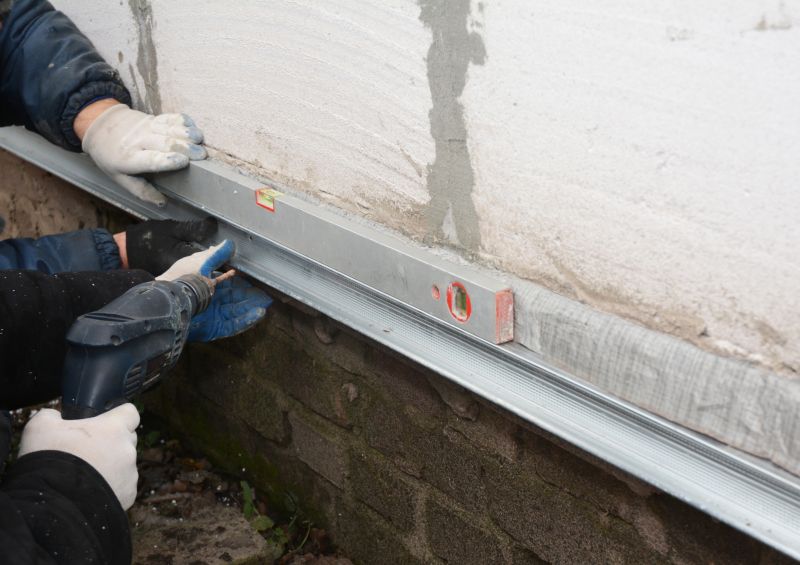
Little measurements that prevent headaches on Foundation Repairs day.
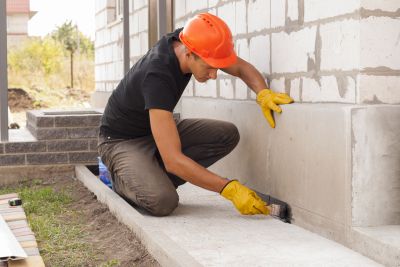
A 60-second routine that keeps Foundation Repairs looking new.

A frequent mistake in Foundation Repairs and how to dodge it.

Small tweaks to make Foundation Repairs safer and easier to use.
Interested property owners in Granite City, IL, can consider scheduling foundation repairs during the most suitable season to maximize effectiveness. Proper timing, combined with professional assessment, can help preserve the structural integrity of a building and prevent costly future repairs.

